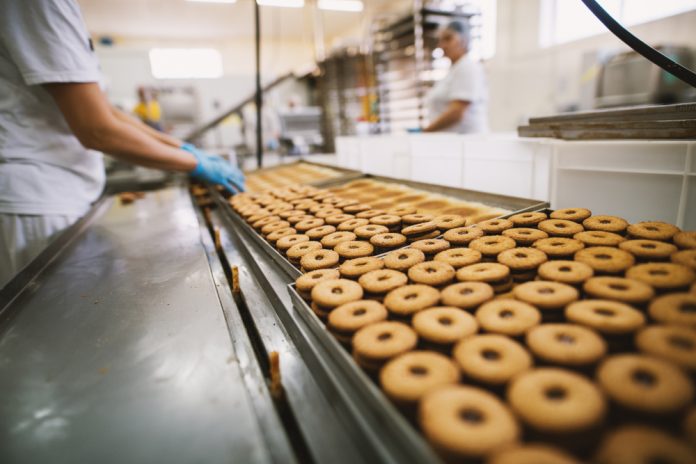Manufacturing businesses who adopt circular economy strategies and practices can reduce manufacturing waste by 65%, according to Monash University researchers.
Australia’s manufacturing sector contributes significantly to waste generation, producing nearly 13 million tonnes of waste nationwide.
In Victoria, the industry is said to be responsible for 39% of the state’s total waste. In particular, the manufacturing sector generates an average of 4350kg of waste per full-time-equivalent employee annually, resulting in almost 500,000 tonnes of waste per year in the southeast Melbourne region alone.
To tackle this issue, Victoria’s manufacturing industry has been working with Monash Business School’s Department of Management to develop strategies to enhance resource efficiency, minimise waste, and mitigate the negative effects of production and consumption by adopting circular economy principles and practices.
As part of a three-year project, a team of researchers, led by Primary Chief Investigator Professor Amrik Sohal from the Department of Management, worked with Victorian manufacturers in plastics, textiles, general engineering and food, as well as industry associations and local government representatives, to raise awareness, build capability and support their transition to a circular economy.
How it worked
The researchers interviewed 25 leading circular economy businesses to learn more about the most successful practices. They then developed workshops and seminars for the manufacturing industry.
A post-workshop survey revealed participant attitudes and behaviours shifted significantly once they learned about the economic and cost-saving benefits of circular economy practices.
An example
Jardan, an Australian family-owned high-end furniture business, was one of the 25 Victorian organisations interviewed for the study. The furniture retailer told researchers it reduced its manufacturing waste by 65% by adopting circular economy strategies.
The business strives to make products sustainable throughout the entire lifecycle. It has adopted numerous circular economy practices including sourcing over 75% of their materials from Australian suppliers, designing products for longevity and reducing its energy consumption by 17%.
Mr Sohal says examples such as Jardan showed what could be achieved when circular economy practices were championed.
“Circular economy focuses on optimising resource utilisation, grounded in the belief that the economic system already possesses sufficient resources,” he says.
“By enhancing resource efficiency, the goal is to decouple the economic system from resource extraction and waste generation, while extending the lifespan of resources to their maximum potential.”
Tips from the researchers
Based on the experiences of the leading businesses involved in the study, researchers suggest the following strategies can help manufacturers adopt circular economy practices:
- Build circularity into the design of the product, including using alternative/recycled materials
- Take a ‘systems’ approach and build circularity into the whole supply chain
- Ensure the financial viability of the business model
- Be transparent and genuine in what you do in the circular economy space
- Help people understand the value of what they are contributing to
- Create networks of like-minded communities by collaborating with others and sharing best-practice knowledge




